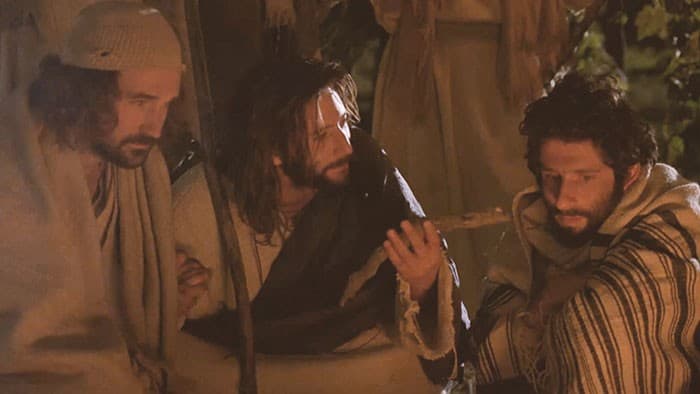In 1551, a man named Robert Estienne numbered the verses in the New Testament. This decision made it a lot easier to find, study, and communicate specific passages. In dividing up passages into verses, Estienne decided to make a particular passage very short: “Jesus wept” (John 11:35). This-the shortest verse in the Bible-says an awful lot about His views on grief.
The death of Lazarus
The eleventh chapter of John tells the story about the death of Jesus’s friend Lazarus. The Lord wasn’t in Bethany when Lazarus got sick, so his sisters, Mary and Martha, sent word to Jesus that he was ill. He sent word back that Lazarus’s illness would not end in death-this event was going to be to the Lord’s glory (John 11:4). He then stays where He is another two days.
We discover that it has always been Jesus’s plan to allow the illness to run its course and raise Lazarus from the dead (John 11:11-13). This is critical to understand because He is the only one who knows Lazarus’s state is temporary.
The response of Mary and Martha
Because of Bethany’s proximity to Jerusalem, many people had come to comfort the sisters. So when Jesus returns to the town, only Martha rushes out to greet Him. Out of her frustration, she confirms her faith that if Jesus were present, her brother wouldn’t have died. But she puts her trust in Him.
Jesus tells her plainly that Lazarus will rise again, but she doesn’t understand.
As He gets closer to the house, Mary runs out to Him weeping. She echoes her sister’s words that if Jesus had been there, Lazarus would not have died. As Jesus sees her weeping and looks among the throngs of Israelites who are also mourning, John tells us that “he was deeply moved in spirit and troubled” (John 11:33). He asks where the body is lying, and then John gives us the Bible’s shortest verse: “Jesus wept.”
Why did Jesus weep?
Jesus knew that this moment of mourning would turn into a celebration. So it would seem that His response was about more than sadness over Lazarus’s death. As John points out, Jesus is reacting to the crowd’s grief.
While Jesus tries to communicate to Martha what He’s about to do, He doesn’t condemn or censure her sorrow. When He comes upon more anguish, He responds with His own tears. It wasn’t God’s intent for humanity to suffer the way we do, and it grieves Him.
Jesus understands and enters into our grief
The critical takeaway from Jesus’s tears is that He understands our despair. He understands that our sorrows are momentary and that a time is coming when “He will wipe every tear from their eyes. There will be no more death’ or mourning or crying or pain, for the old order of things has passed away” (Revelation 21:4). Despite all that, our grief and loss are real and heartbreaking for the Lord, too.
The Lord doesn’t want us to pretend that life isn’t hard or that loss doesn’t hurt. Jesus loved Lazarus and his sisters, and He felt their pain. He isn’t just perfect in His righteousness; He’s also perfect in His empathy. He doesn’t stand apart from this moment but enters into their sorrow.
One of the beautiful things about this story is that the mourning is so public. We live in a culture where grief is supposed to be private. But in first-century Judaism, mourning was just as much a part of community life as celebration. And that shared experience helps normalize grief, making it something not to be ashamed of. Inviting others into our suffering and being there when others need us helps to transform our pain.
Jesus not only understands what we’re going through, but He hurts along with us and encourages us to share our heartache with one another. And through that shared grief, we get better.
Watch the Gospel of John
John’s Gospel is a beautiful portrayal of Jesus as God. If you’re interested in watching or sharing this entire film, you can watch it here.
